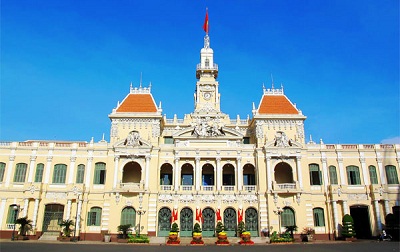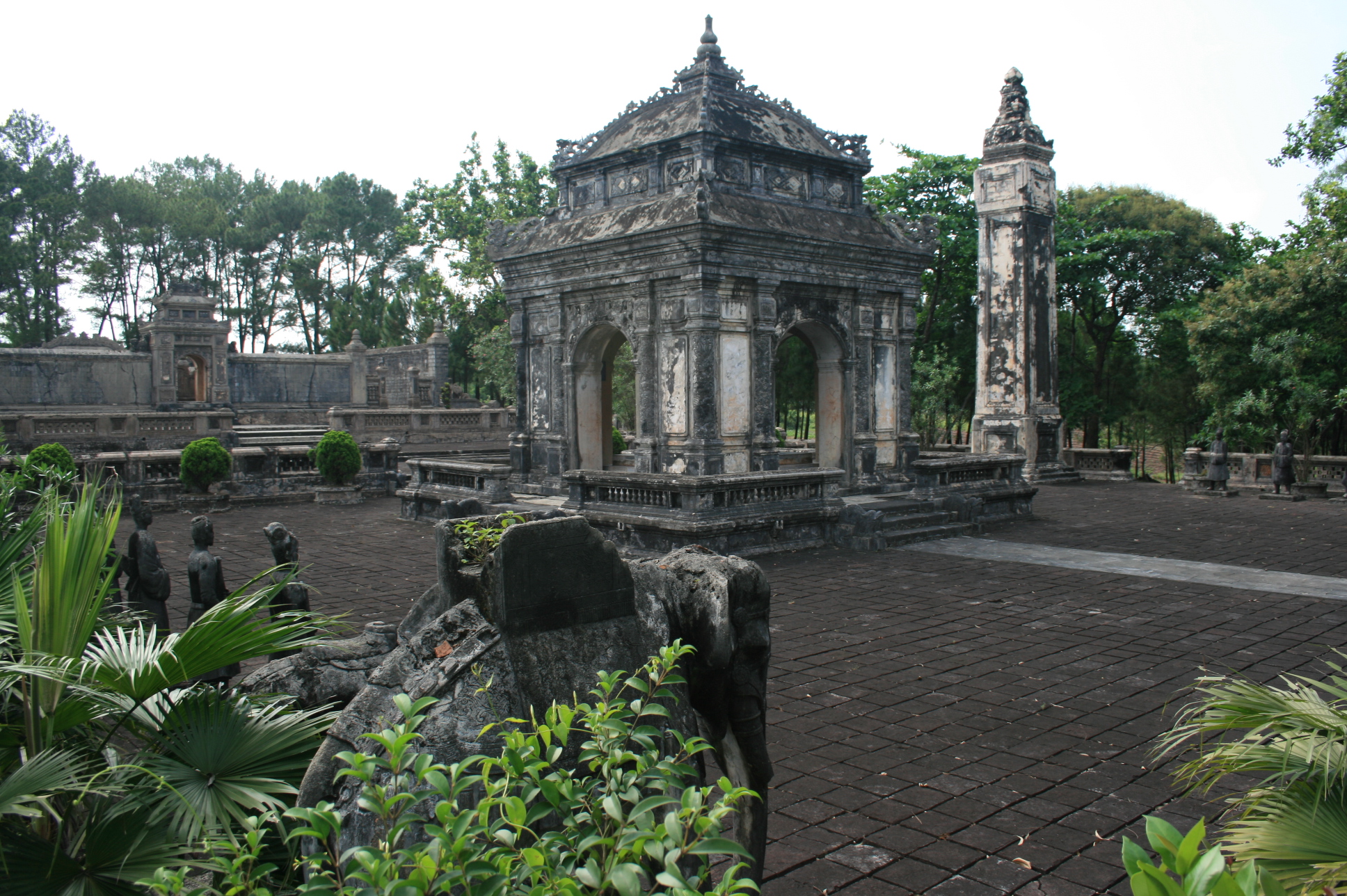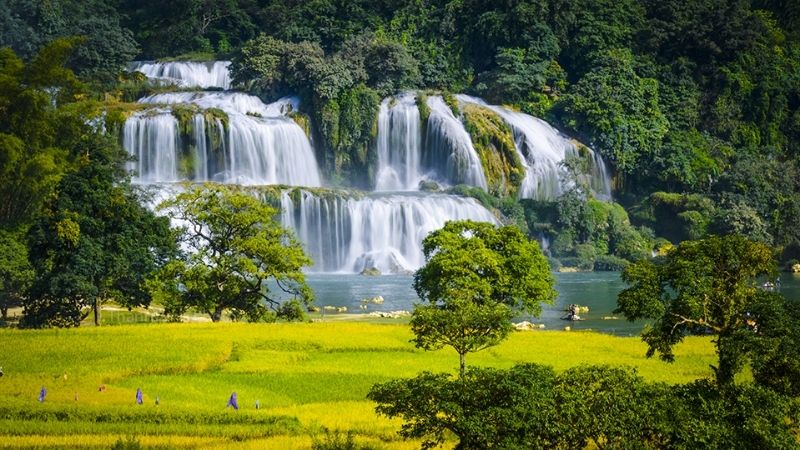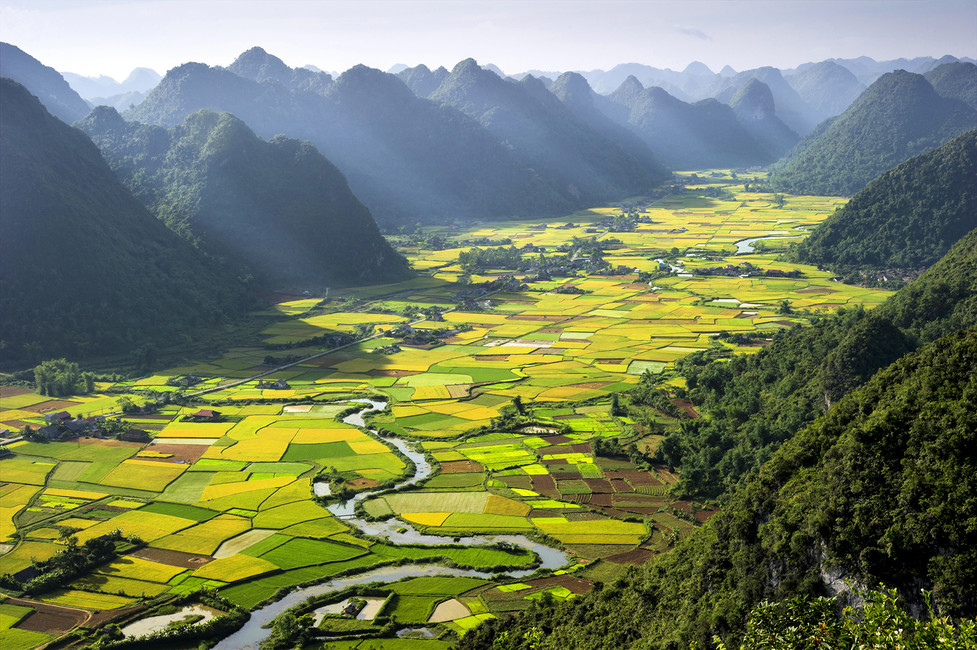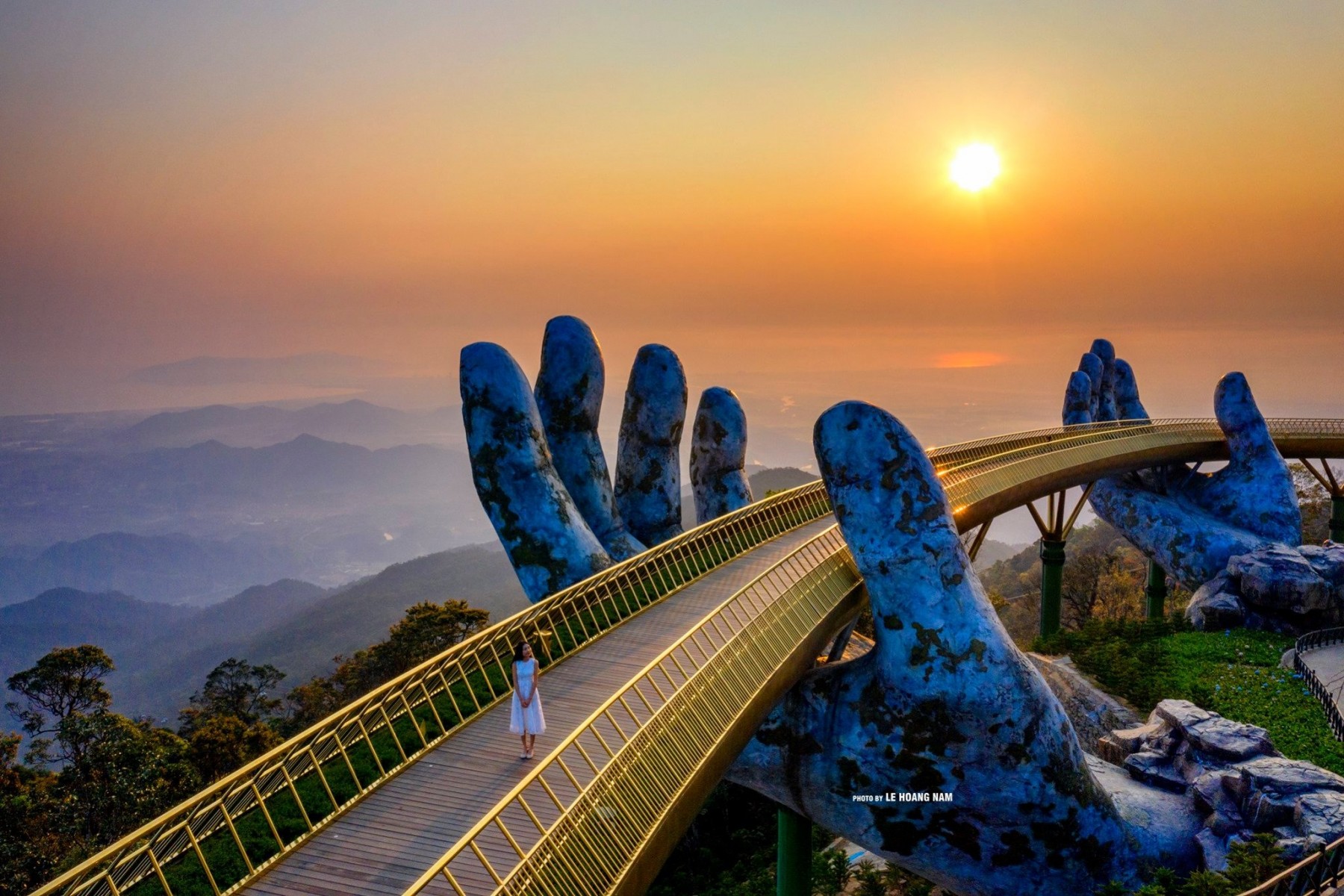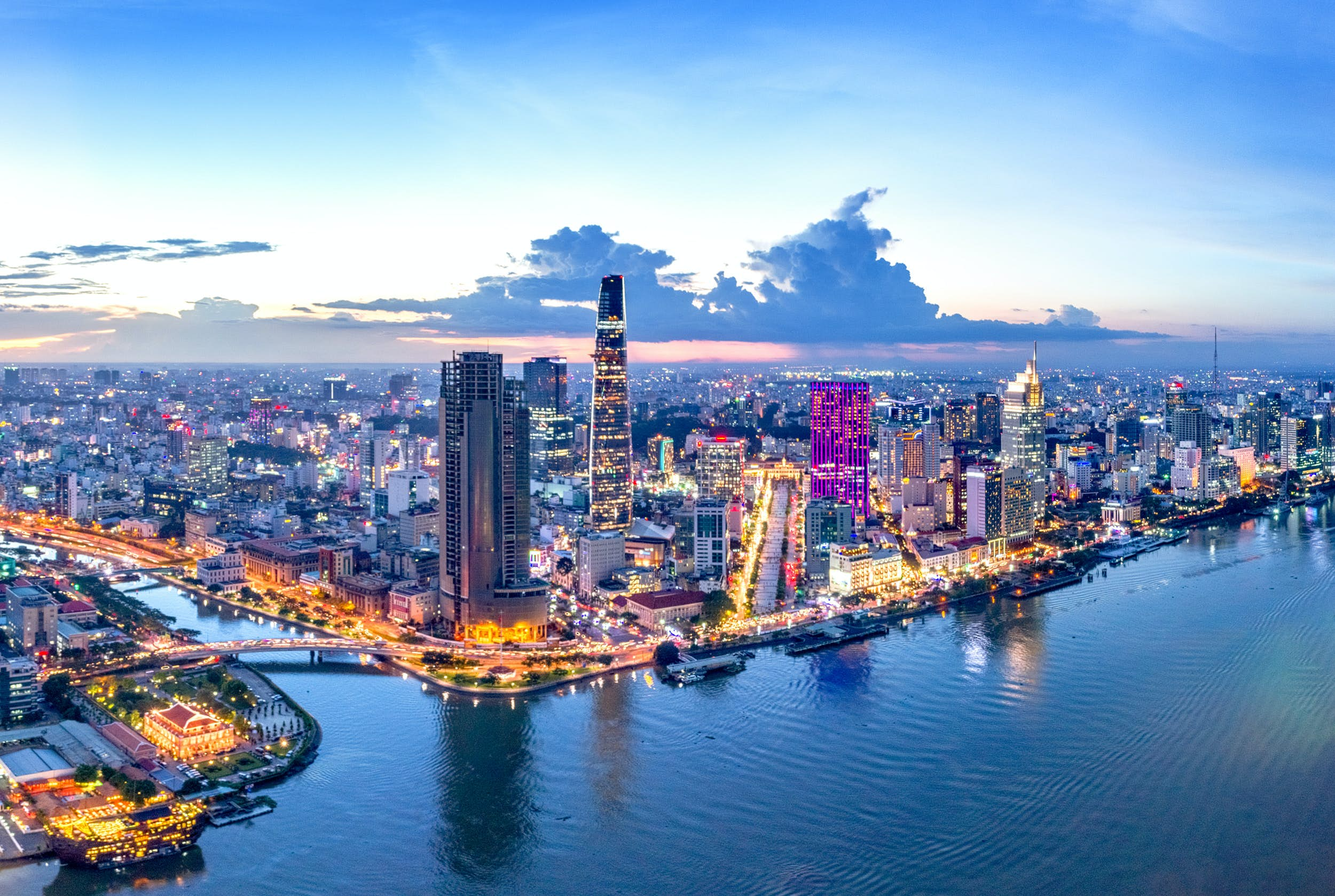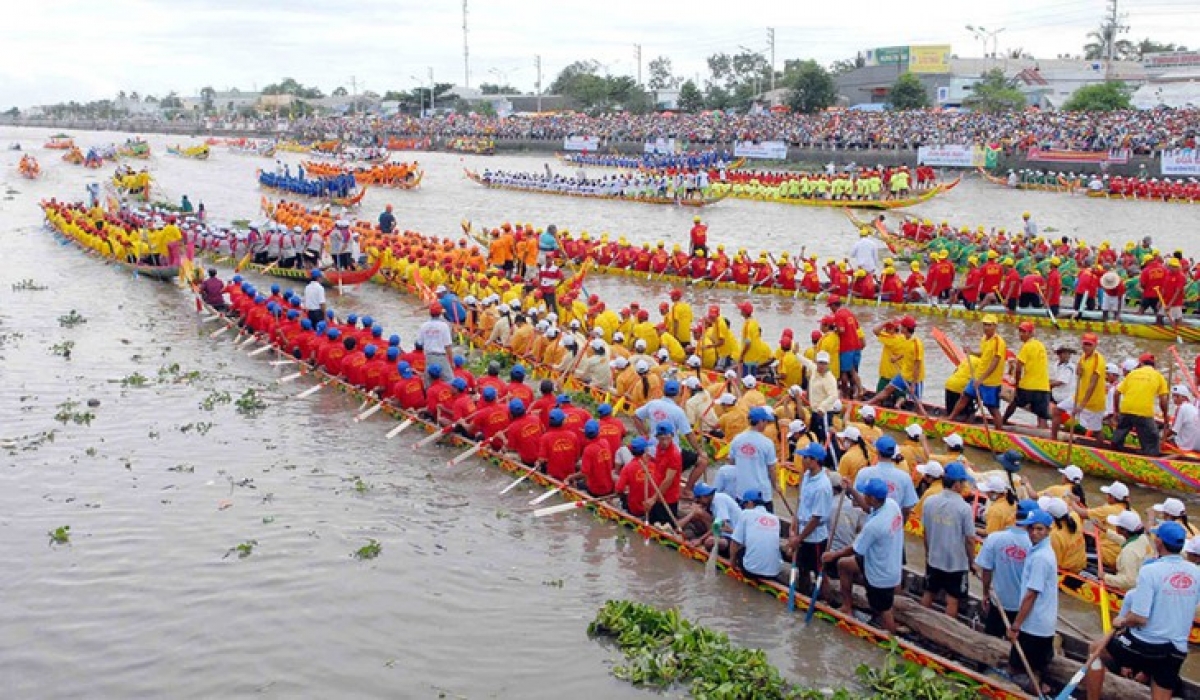Ancient Wonders of Vietnam: A Journey Through Time
Vietnam, a land of stunning natural landscapes and rich cultural heritage, is home to ancient wonders that captivate travelers from around the globe. Steeped in history and adorned with breathtaking architecture, these sites offer a glimpse into the country’s past and its enduring spirit. From imperial cities to sacred temples, here are some of Vietnam’s most remarkable ancient wonders that every traveler should explore.
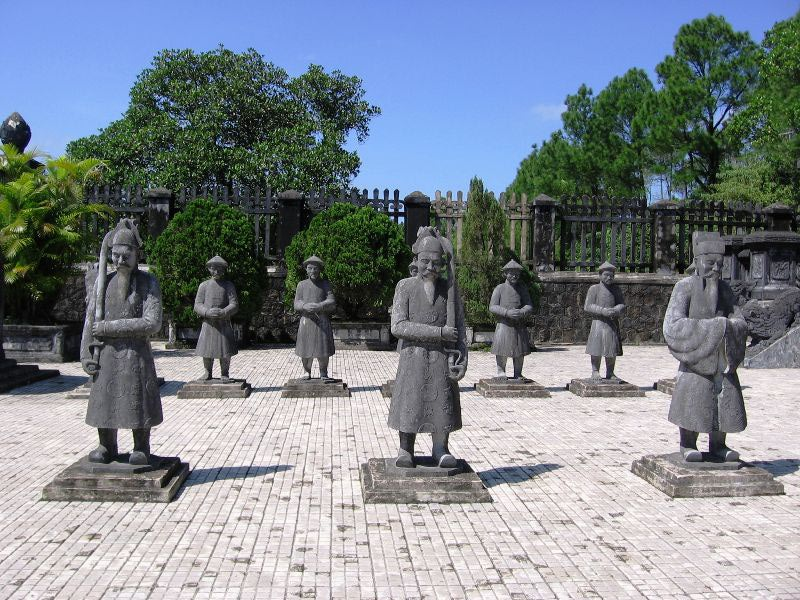
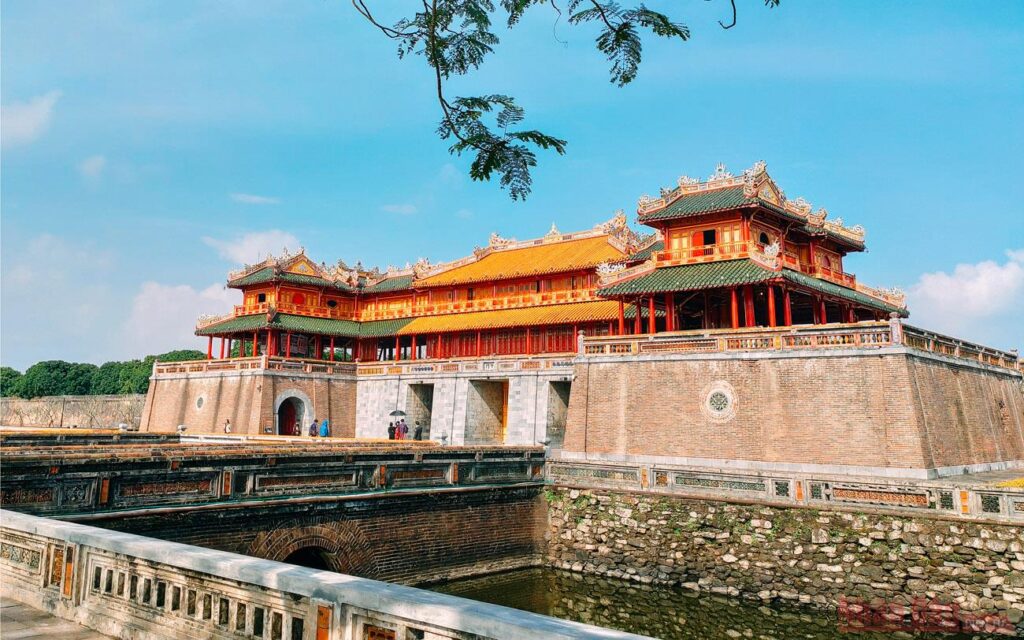

1. Hue Imperial City (Citadel)
Located in the heart of Vietnam, the Imperial City of Hue was the political, cultural, and religious center of the Nguyen Dynasty from 1802 to 1945. This UNESCO World Heritage Site is a sprawling complex of palaces, temples, walls, and gates, showcasing the grandeur of Vietnamese imperial architecture. Visitors can stroll through the majestic Noon Gate, explore the Forbidden Purple City, and admire the intricate details of royal tombs and temples.
2. My Son Sanctuary
Nestled in a lush valley surrounded by mountains, My Son Sanctuary is an archaeological site of ancient Hindu temples built between the 4th and 14th centuries by the Champa Kingdom. Recognized as a UNESCO World Heritage Site, My Son’s red-brick structures feature exquisite carvings and inscriptions dedicated to Hindu deities. Despite enduring centuries of natural wear and wartime damage, the site remains a testament to the Champa’s sophisticated artistry and spiritual devotion.
3. Hoi An Ancient Town
Hoi An, a charming riverside town, is a living museum of Vietnamese history and culture. Once a bustling trading port between the 15th and 19th centuries, Hoi An’s narrow streets are lined with well-preserved wooden houses, temples, and communal halls. The town’s fusion of Vietnamese, Chinese, and Japanese architectural styles reflects its multicultural heritage. The iconic Japanese Covered Bridge and the vibrant lantern-lit nights add to Hoi An’s enchanting allure.
4. Thang Long Imperial Citadel
Situated in the heart of Hanoi, the Thang Long Imperial Citadel stands as a symbol of Vietnam’s enduring legacy. This UNESCO World Heritage Site was the seat of Vietnamese power for over a millennium, beginning in the 11th century. The site features archaeological remains of ancient palaces, roads, and gates, alongside artifacts that reveal the cultural and political significance of the citadel throughout history.
5. Phong Nha-Ke Bang Cave System
While primarily known for its natural beauty, the Phong Nha-Ke Bang National Park also holds archaeological significance. The region’s caves, including the famous Phong Nha Cave, were used as ancient sanctuaries and hideouts. Inscriptions and artifacts discovered within the caves provide insights into Vietnam’s early civilizations. The park, a UNESCO World Heritage Site, combines historical intrigue with awe-inspiring natural wonders.
6. Temple of Literature (Van Mieu)
The Temple of Literature in Hanoi is a symbol of Vietnam’s scholarly traditions and dedication to Confucian ideals. Established in 1070, it was the site of Vietnam’s first national university. The temple’s serene courtyards, stone steles, and pavilions offer a glimpse into the intellectual and cultural life of ancient Vietnam. It remains a popular destination for both locals and tourists seeking inspiration and tranquility.
7. Po Nagar Cham Towers
Located in Nha Trang, the Po Nagar Cham Towers are a collection of ancient Hindu temples built by the Cham people between the 7th and 12th centuries. Dedicated to the goddess Po Nagar, the towers exhibit intricate carvings and sculptures that depict scenes from Hindu mythology. Overlooking the Cai River, the site offers stunning views and a serene atmosphere.
8. Co Loa Citadel
As one of Vietnam’s oldest historical sites, Co Loa Citadel dates back to the 3rd century BCE during the reign of King An Duong Vuong. Located near Hanoi, the citadel’s spiral-shaped walls and moats reflect advanced engineering techniques of the time. The site is steeped in legend, particularly the tale of a magical crossbow that defended the kingdom.
Discovering Vietnam’s Ancient Wonders
Vietnam’s ancient wonders are more than just historical sites; they are gateways to understanding the country’s rich cultural tapestry and resilient spirit. Each monument, temple, and citadel tells a story of ingenuity, faith, and determination. Whether you’re an avid historian or a casual traveler, these treasures invite you to embark on a journey through time and immerse yourself in the enchanting history of Vietnam.
Plan your trip to Vietnam and experience the timeless beauty of its ancient wonders firsthand. Let the stories of the past inspire your adventure today.
Start planning your tailor-made Viet Nam tour by contacting one of our specialists…
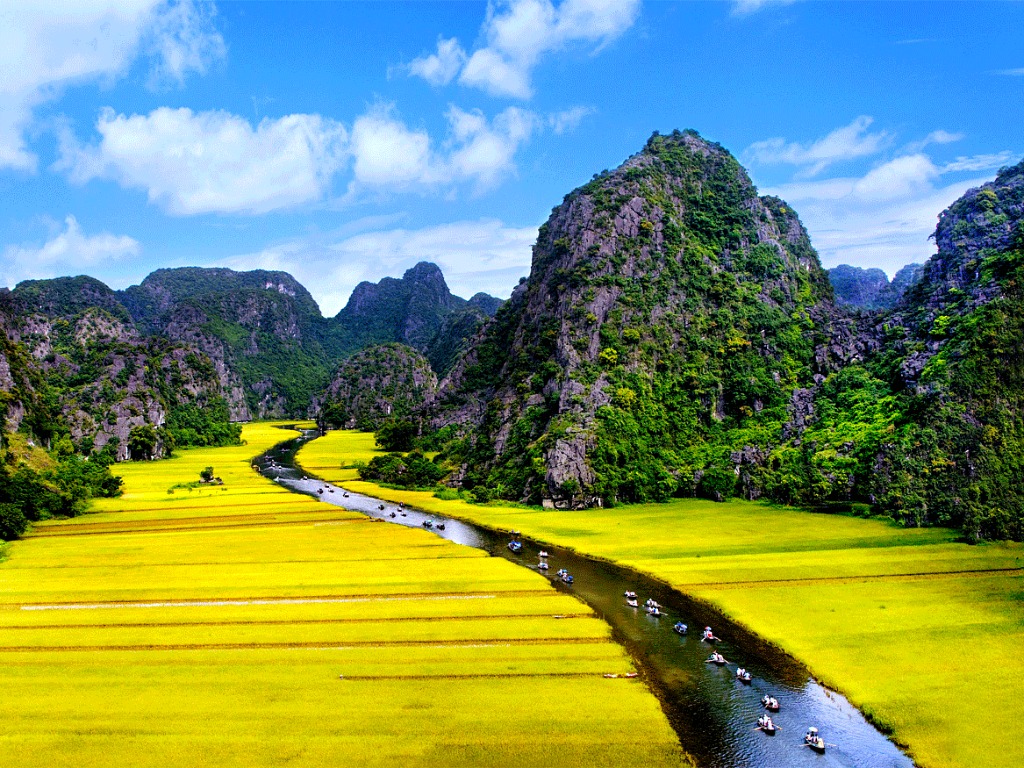
The Most Popular Articles



